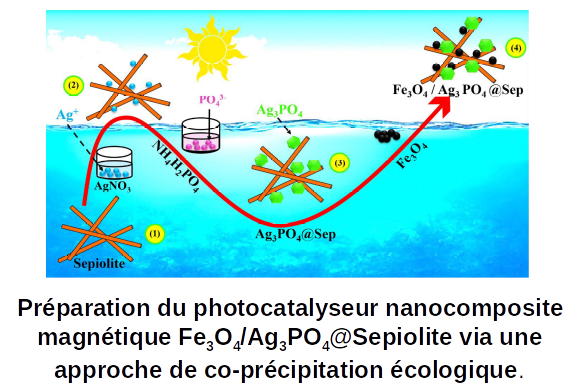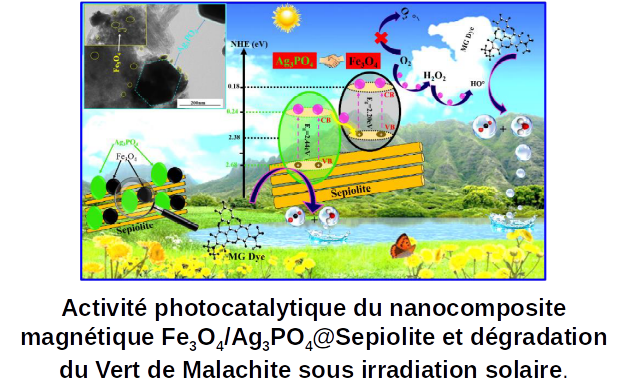Designing adsorbents and catalysts for wastewater treatment
Elaboration d’adsobants et de catalyseurs pour le traitement des eaux usées
Amane Jada
Contact : amane.jada@uha.fr
Nous travaillons actuellement sur les procédés d’oxydation avancée (POA), qui consistent à produire des dérivés réactifs de l’oxygène (DRO) à partir de divers peroxydes. Nos activités de recherches à l’IS2M (Mulhouse-France) et à l’Université Ibn Zohr (Agadir-Maroc), visent à développer de nouveaux catalyseurs à base de polymères, de matériaux biosourcés, de particules inorganiques, ou de composites, encapsulés dans des billes d’alginate de calcium, et permettant de produire des dérivés réactifs de l’oxygène (DRO) à partir de divers peroxydes (POA) et à partir des des semiconducteurs de type Z-Scheme.


Publications
1. Effective removal of toxic dye from wastewater via advanced modified magnetic sepiolite using combined surfactants SDS/CTAB/Fe3O4@Sep : Empirical and computational analysis studies
F. Largo, R. Haounati, H. IghnihR.E. Malekshah, M. Rhaya, H. Ouachtak, S. El Hankari, A. Jada, A.A Addi
Journal of Molecular Liquids, 407, 125114, 2024 DOI : 10.1016/j.molliq.2024.125114
2. Synergistic enhancement of pollutant removal from water by using BiOCl/ BiOBr heterojunction on clay surface and sunlight irradiation
H. Ighnih, H. Ouachtak, R.E. Malekshah, R. Haounati, A. Jada, A.A. Addi
Journal of Water Process Engineering, 58, 104766, 2024 DOI : 10.1016/j.jwpe.2023.104766
3. Novel chemically reduced cobalt-doped g-C3N4 (CoCN-x) as a highly heterogeneous catalyst for the super-degradation of organic dyes via peroxymonosulfate activation
A. Ben Hamou, M. Enneiymy, S. Farsad, A. Amjlef, A. Chaoui, N. Nouj, A. Majdoub, A. Jada, M. Ez-zahery, N. El Alem
Materials Advances, 5, 1960-1976, 2024 DOI : 10.1039/d3ma00818e
4. Conjugated Polymers Templated Carbonization to Design N, S Co-Doped Finely Tunable Carbon for Enhanced Synergistic Catalysis
A.A. EL Fakir, Z. Anfar, M. Enneiymy, A. Jada, N. EL Alem
Applied catalysis B-Environmental, 300, 120732, 2022 DOI : 10.1016/j.apcatb.2021.120732

